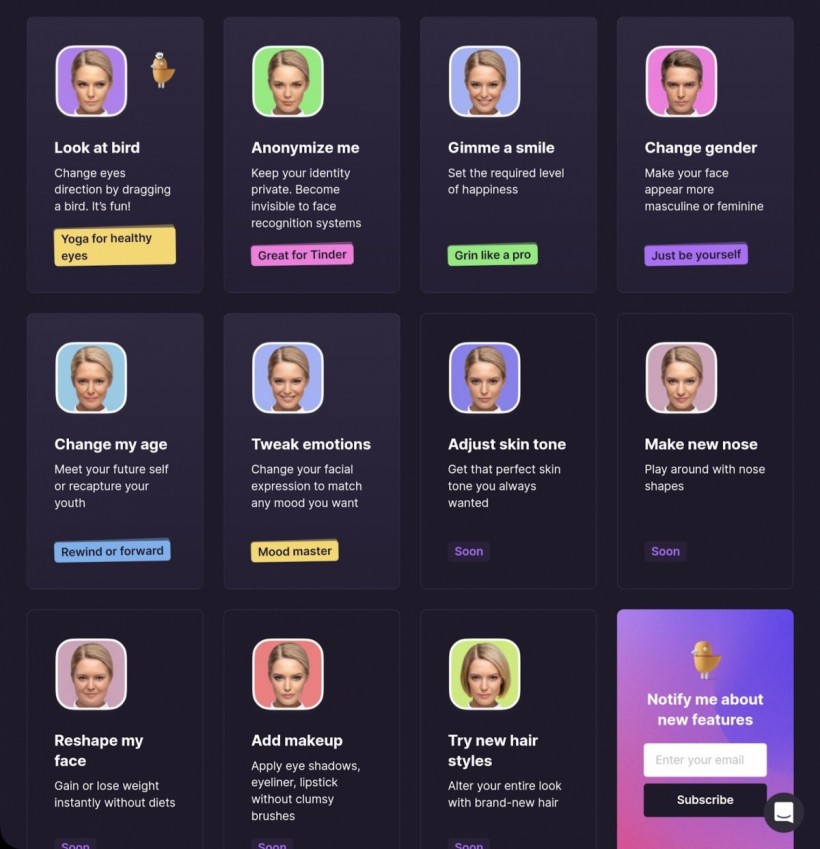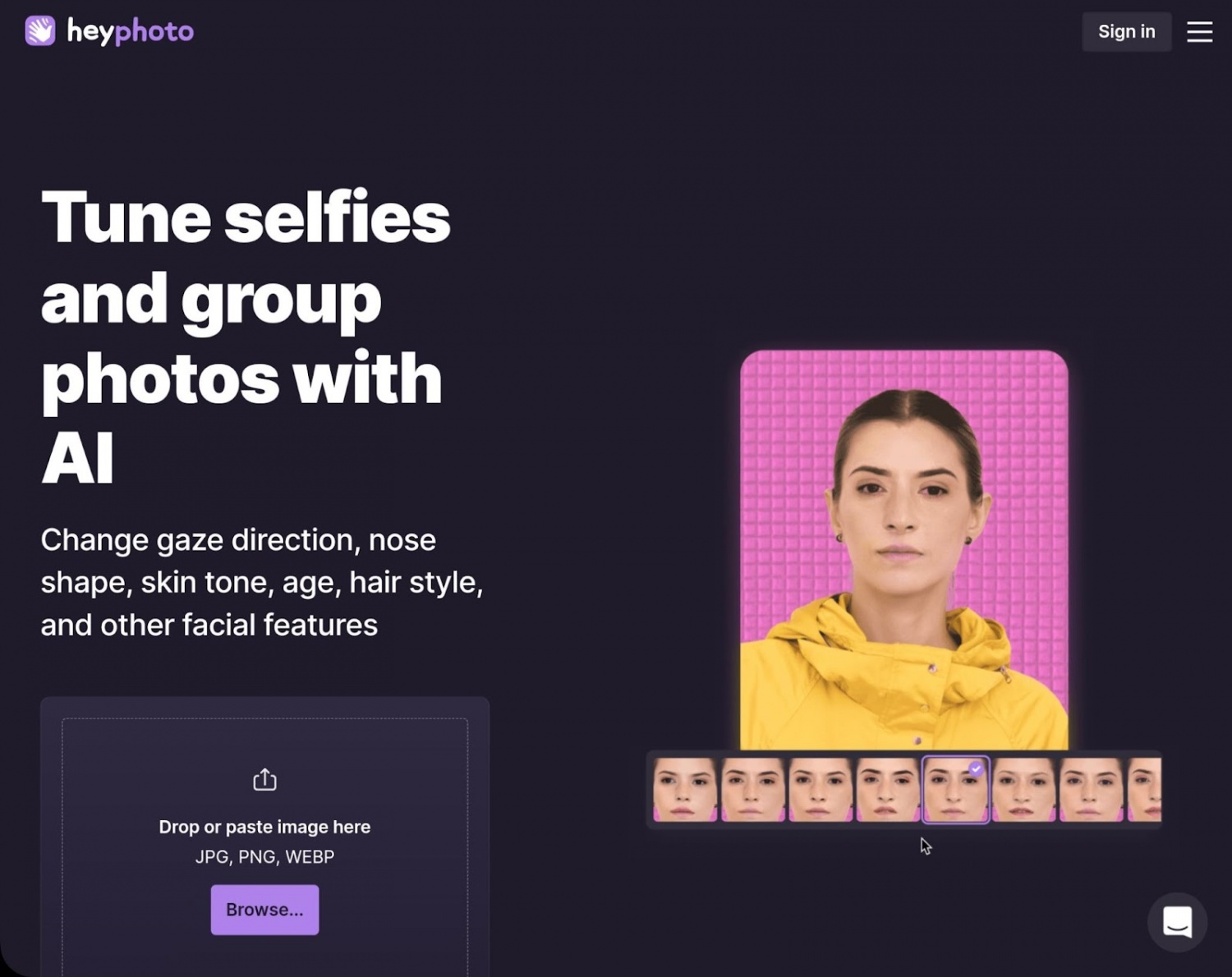Do you know that you can alter the gender and age of a photo? AI-powered photos give us numerous possibilities for experimenting with our creativity. Artificial intelligence (AI) has advanced significantly in recent years. It alters several industries and the way humans interact with technology.
Creating gender and age filters for photographs is an intriguing application of AI technology. These filters use complex algorithms to predict and change how the gender and age of people in pictures are seen. It opens up a world of creative possibilities and poses significant ethical questions.
In this article, we will examine the fascinating potential of ai powered photos, exploring the subtleties of age and gender filters, their underlying technology, and the ethical issues they raise.
We may appropriately use this new technology and appreciate the potential creative and societal effects by being aware of the strengths and weaknesses of these filters.
Possibilities of Gender Filter
Now you can use gender filters in ai powered photography. People may explore and experiment with expressing their gender in a virtual environment. These filters evaluate facial cues and predict a person's gender using cutting-edge AI algorithms. Users can imagine themselves or others as different genders by adding these filters to pictures. Thus, it provides a distinctive and frequently amusing perspective.
Individuals might experiment with what it could be like to present as a different gender, go against social expectations, or just have fun with aesthetic changes. The possibilities are unlimited. Using these filters with tact and respect is vital, remembering that they can reinforce stereotypes or minimize gender identity.
Gender filters rely on a sophisticated technology that entails training AI models on extensive datasets of labeled images. The models can discern patterns and traits linked to various genders through this training process.
Consequently, these models can predict the gender presentation of individuals in photographs, even when such information is not overtly evident in the original image. The accuracy of these predictions is contingent upon the quality of the training data and the intricacy of the model employed.
Possibilities of Age Filter
On the other side, age-altering filters concentrate on changing how old people appear to be in portraits. The age filter can alter a person's appearance by adding or removing years. It gives a realistic portrayal of their appearance at a particular age. One of the best AI tools is HeyPhoto, which lets you explore the endless possibilities of these filters. This tool allows you to change your age, make a new nose, and tweak your emotions.
From social networking and entertainment to consultations for cosmetic surgery, this technology has become increasingly popular in various settings. AI models trained on massive datasets of annotated photos that use these filters, just like gender filters do.
These models develop the ability to identify patterns connected to various age groups. It enables them to determine an individual's age from a photograph precisely. By changing these estimates, age-altering filters can produce interesting visual transformations highlighting the potential consequences of aging or rejuvenation.
How to Use AI to Generate Portraits
There are many tools you can use to create your portraits. HeyPhoto is one of these tools that is efficient at making unbelievable AI portraits. To use this tool, you need to go to the HeyPhoto website. You will see an interface with options to upload or use a sample photo as soon as you land on the page. Pick the solution that best fits your needs.
Select the desired image from your computer or device by clicking the "Upload" option if you decide to upload your photo. Hold off until the picture uploads. The website will process the supplied photo using AI algorithms to identify and assess the gender and age of the subject.
The website will show the edited photo with the applied age and gender filters after the analysis is finished. The original and the modified versions can be contrasted side by side. If you are happy with the outcome, click the "Download" button to download the edited image. You can save the image to your computer or other device.

AI-powered age and gender filters may vary. You need to respect the privacy and copyright of others. Not just these filters; you can tweak emotions, add makeup, adjust your skin tone, and reshape your face with this tool.
Conclusion
In photography, AI-powered age and gender filters have created new opportunities for artistic expression and self-discovery. These filters offer distinct viewpoints and aesthetic alterations by using sophisticated AI algorithms. It can detect and alter the apparent gender and age of people in images.
However, it is crucial to employ these filters appropriately, considering permission, privacy, and the possibility of bias. We can use AI-powered portrait filters ethically and inclusively by being aware of their potential and limitations.
FAQs
What are AI-generated images called?
People frequently refer to artificial intelligence-generated photographs as "deepfakes" or "synthetic images." You can use Artificial intelligence algorithms to create these images, which are lifelike and sometimes mistaken for real photos or movies due to their ability to learn from large datasets.
How is AI used in photography?
People utilize AI in the field of photography for a multitude of applications. It proves useful in assigning labels to pictures, identifying faces, recognizing objects, detecting objects, and even generating photographs.
What are the benefits of AI images?
There are many benefits of AI powered photos. You can improve image identification, enhance images, and have endless creation and editing capabilities. You can even construct virtual environments and simulations.
Who is the father of AI?
Many recognize John McCarthy as the father of Artificial Intelligence. He was a computer scientist. He coined the term "artificial intelligence."











